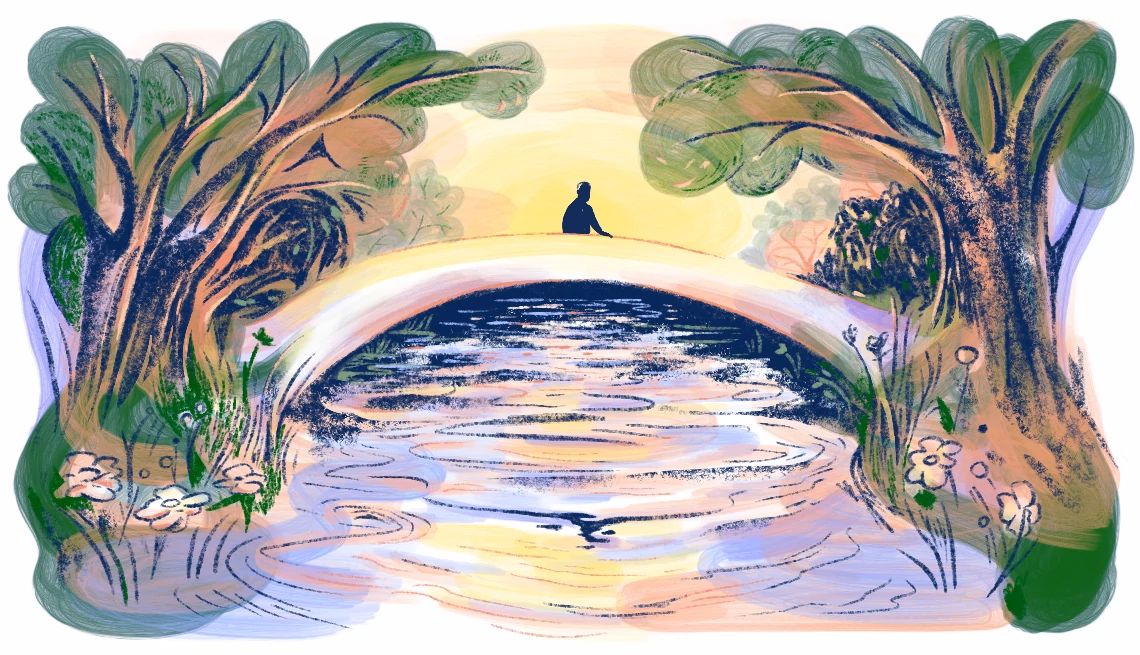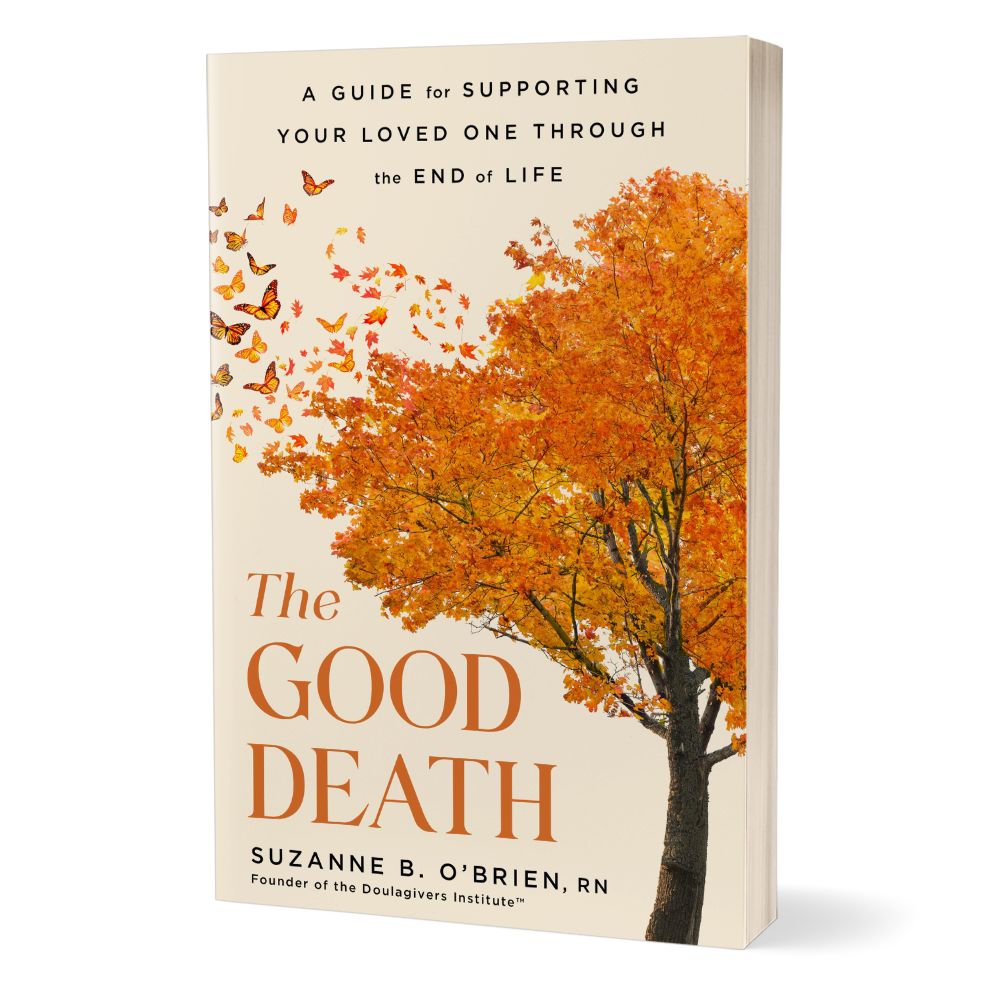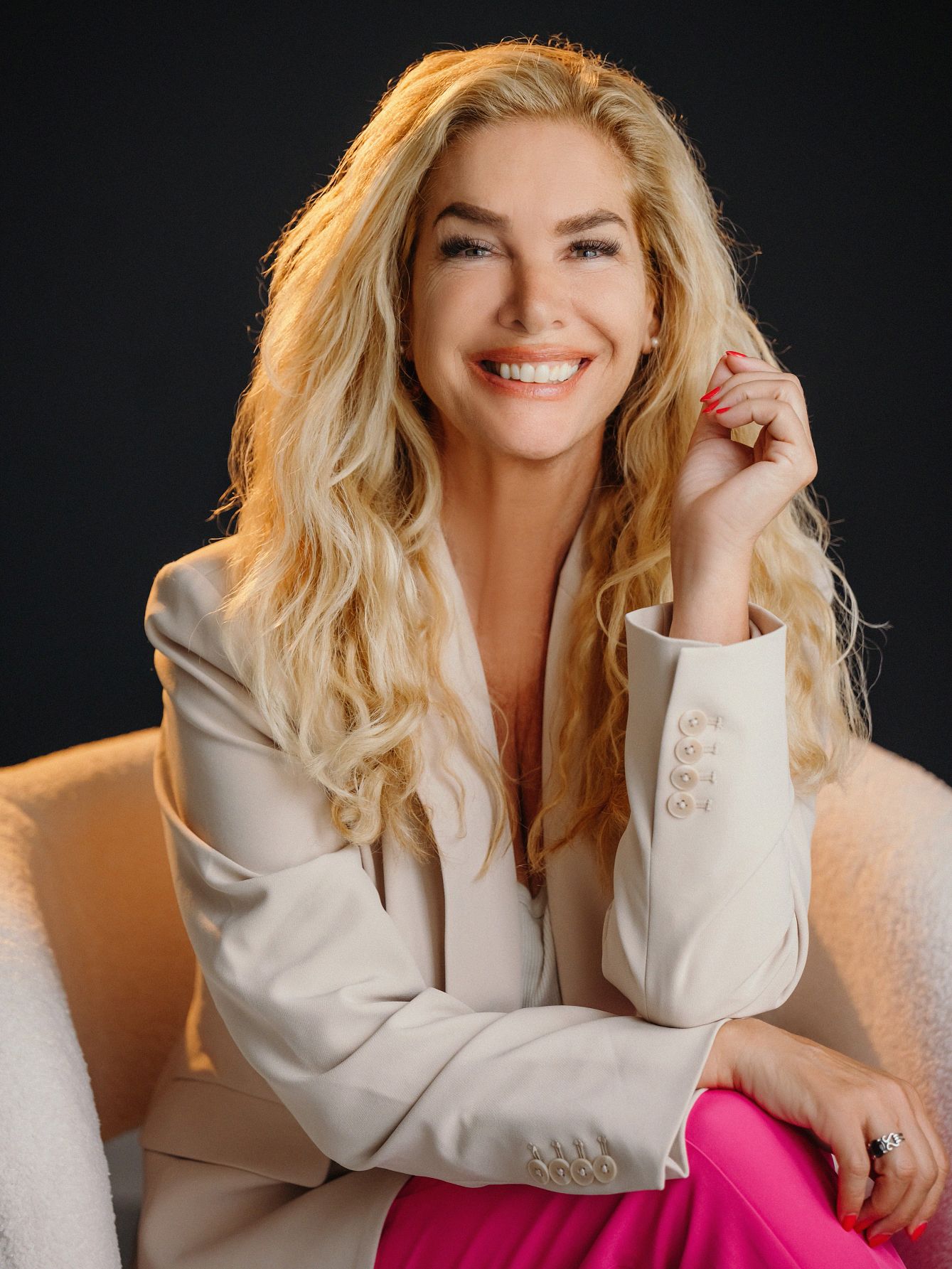AARP Hearing Center


Death is a subject that makes many uneasy. But not so for someone who has cared for more than 1,000 individuals at life’s end and who personally has witnessed the deaths of almost 350 people. A palliative care professional who has more than 20 years of experience (including as an oncology nurse and a hospice nurse), Suzanne O’Brien, R.N., has made peace with death.
Because she’s lived among the dying for decades, O’Brien says a “good death” is not only possible — it’s what people should plan for and embrace.
“We don’t know what we’re going to be like as we age. We don’t know cognitively. We don’t know physically. We don’t know financially. We all hope that we have a plan for that, but we really don’t know the reality,” she says. “And so having your best-case scenario, the middle and then the last choice, at least we have blueprints of what can be done. When we are in that, we say, ‘Okay, this is the time. We’ve got that plan. Let’s put it into place.’”
O’Brien shares what she’s learned from her experience and research in her new book, The Good Death. The book is divided into two parts: a comprehensive resource that helps to facilitate a “good death” — including discussions around the fear of death and care for a loved one — and a workbook-style “peace of mind planner.”
“You can think of The Good Death book as the What to Expect When You’re Expecting for bringing a baby in, but for the other end of life. And so, it’s your complete step-by-step guide,” she says.


The author reminds us that both young and old and all ages in between can suddenly be thrust into end of life. Patients in her care have ranged from five years old up to 106. Whether you’re 18 or 81, O’Brien, of New York City, urges people to develop a plan for dying that provides them comfort in whatever ways they want.
First off, she advises “everyone 18 and over to have an advance directive (legal document about end-of-life care preferences) or think about it because we know that traumatic accidents do happen, and, we know that things happen for younger people,” she says.
For those aged or infirm, O’Brien says the reality of death isn’t something many think much about until it begins closing in on them. The planner section includes five key areas to find peace of mind: physical, mental, emotional, financial and spiritual. The top priority is the emotional aspect of staring at death when people must face up to their past, she says.
“They start thinking about all the living they didn’t do. They start thinking about [their] regrets because now they have a time stamp on how much time they have left,” O’Brien says. “Usually, forgiveness is a huge part of that peace for their life’s journey. What they did. What they didn’t do. Things that they’ve been carrying around with them that they haven’t processed.”



































































More From AARP
Anticipatory Grief: Mourning a Loss Before It Happens
Experts share ways to deal with feelings of worry and sadness
Human Composting: A New Take on the ‘Green’ Funeral
This growing trend uses an organic process to transform the body into nutrient-rich soil
25 Ways to Bind up Grief’s Wounds
We've assembled 25 strategies to help you manage feelings of loss and, ultimately, survive them